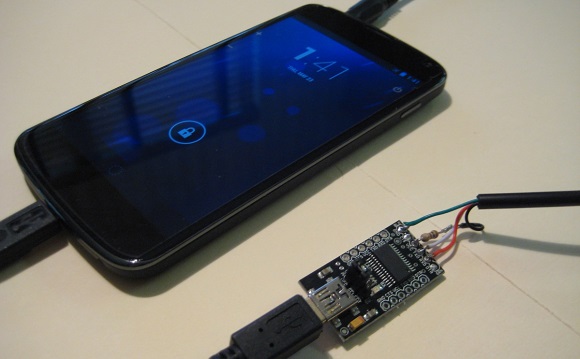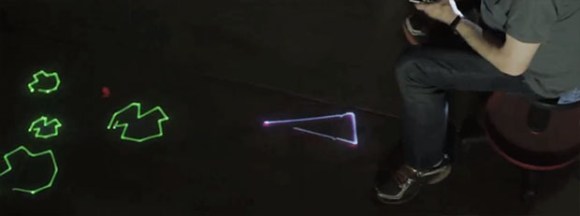
[Justin Beckerman] built a functioning one-man submarine. The thing is, this isn’t the first one that he’s built. Looking through the projects on his website we find almost no information about this build, but he does show off one previous model, as well as a couple of unmanned underwater rover projects.
The pressure hull of the sub is made from corrugated drainage pipe. This isn’t a bad idea as the tube is engineered to be buried in the ground and carry the load of earth on top of it. It’s designed to go down just 30 feet, which explains the lack of half-dome caps on either end; the pressure just isn’t that great at that depth. The buoy floating to his left is his tether to the surface. Fresh air is pumped from here into the sub. He’s also included safety features like a 20-minute air tank in case he gets into a bind, and a quick opening top hatch. That hatch is a hemisphere of clear acrylic which lets him view what’s around him.
You’ll learn more from the two video clips he posted. The Fox 5 news interview includes a shot of one of the messiest work benches we’ve seen. A messy bench is the sign of constant project construction, right?













